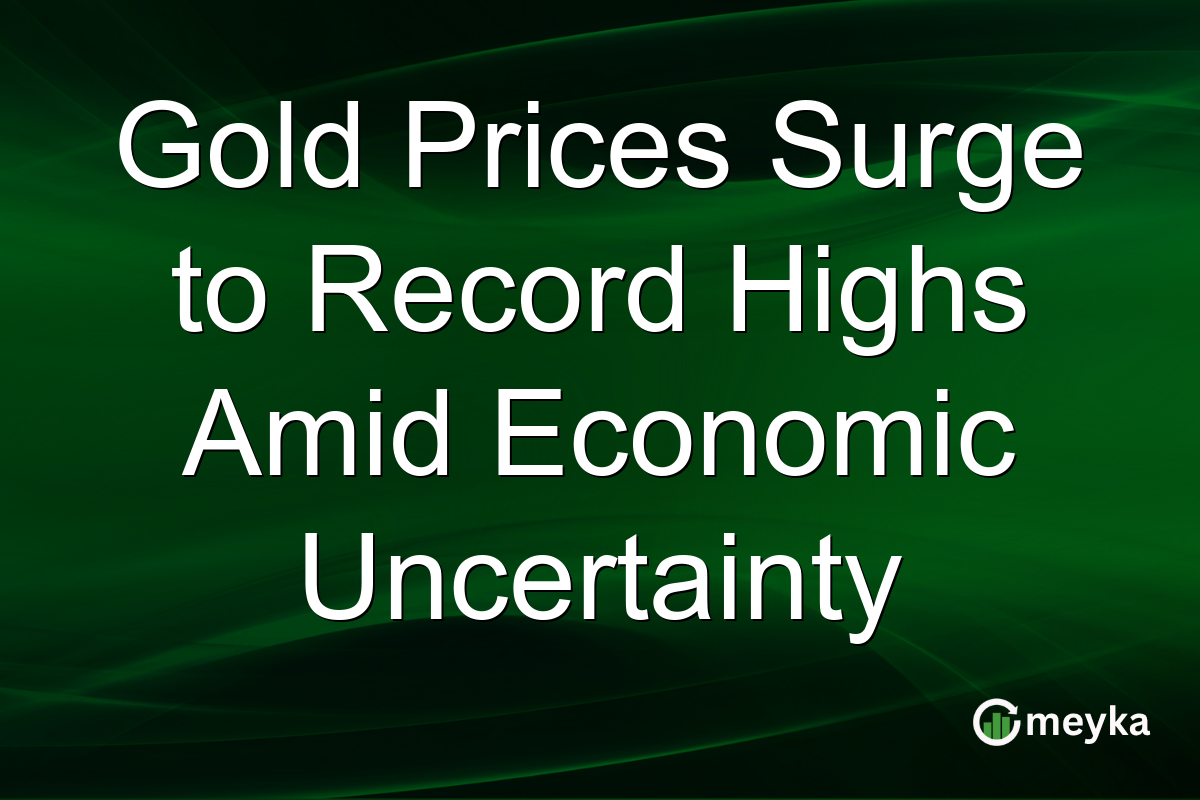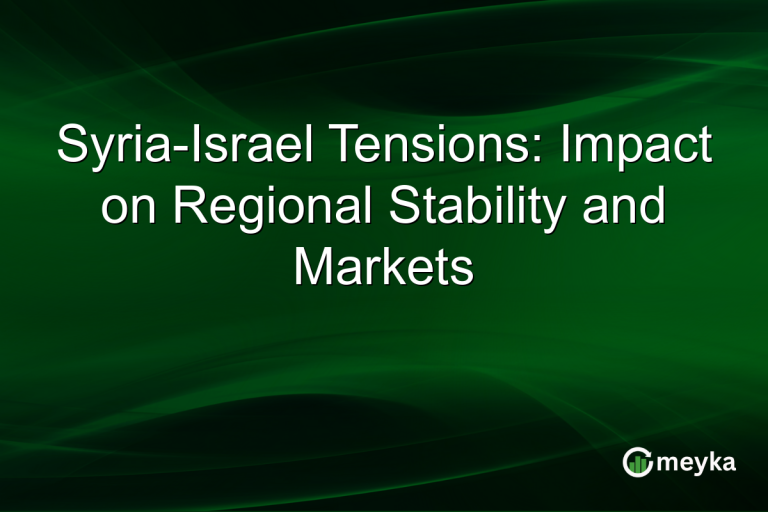Gold Prices Surge to Record Highs Amid Economic Uncertainty
In recent months, we’ve witnessed gold prices surge to unprecedented levels. This spike is largely attributed to global economic uncertainty and escalating demand for safe-haven assets. As investors seek stability, gold has become a preferred choice, reflecting broader market sentiments and financial strategies in turbulent times. This rise compels us to examine the underlying factors contributing to record high gold prices and its implications for investors.
Driving Factors Behind the Surge
Gold prices have seen significant spikes, with values breaching levels not witnessed before. As of September 2025, prices have surpassed $2,100 per ounce, reflecting a robust demand for gold. One of the primary drivers is widespread economic uncertainty. With inflation rates climbing as high as 7% in some regions, investors are looking for stable assets. Gold, historically a reliable store of value, naturally becomes an attractive option. Global events like geopolitical tensions and uncertain monetary policies also contribute to the trend. Countries experiencing unrest or economic shifts often witness a rise in gold purchases. For instance, recent tensions in Eastern Europe and trade frictions between major economies have spurred increased buying of bullion. The demand from central banks has further fueled the surge. Many have increased their gold reserves to hedge against currency depreciation. According to recent reports, global central bank purchases have risen by 20% compared to last year, signaling a strong institutional endorsement of gold as a critical asset.
Market Impact and Investor Behavior
As gold prices march higher, we’ve noted a shift in market behavior. Investors are diversifying portfolios, moving away from volatile stocks toward more stable returns. This shift is evident in the increase of gold-backed exchange-traded funds (ETFs), which have seen a 25% boost in inflows over the past quarter. Retail investors are following suit. The allure of record high gold prices makes physical gold and ETFs appealing, especially for long-term wealth preservation. Gold’s lack of correlation with other asset classes makes it a strategic hedge during economic dips. Volatility in the stock markets, with some indices dropping over 10% this year, has accentuated this trend. The consistent upward trajectory of gold offers a seemingly safer haven. According to forecasts, if the economic uncertainty continues, we may see an even greater emphasis on gold investments, impacting how portfolios are structured globally. Analysts predict a potential further rise by another 5% if economic concerns remain unchanged.
Broader Economic Implications
The surge in gold prices is not just about individual investors seeking refuge. It reflects broader economic implications. Gold’s ascent often signals caution, mirroring expectations about economic health and potential downturns. With rising interest rates, particularly in the US, borrowing costs have increased, impacting business growth and consumer spending. Higher gold prices can also influence currency values. Nations with substantial gold reserves often experience a strengthening of their currency as bullion becomes a significant part of their financial stability. Conversely, those with minimal reserves may face depreciating currencies, prompting policy adjustments and forex interventions. The persistent climb in gold prices might also spur exploration and mining activities. Companies in the mining sector may ramp up production efforts, foreseeing sustained profitability from higher market prices. This could generate employment and revitalise mining-dependent economies, creating a ripple effect across related industries.
Strategic Moves for Investors
As record high gold prices persist, strategic investor actions come into focus. Diversifying into gold doesn’t only mean direct purchases; it includes considering derivative products and diversifying across other precious metals. For those wary of market instability, gold futures and options present alternatives to direct ownership. These instruments can provide leverage and flexibility while mitigating risks typically associated with physical gold storage. Investors also eye other precious metals such as silver and platinum. These metals often shadow gold’s movements, providing additional avenues for portfolio diversification. While gold grabs the spotlight, the quiet rise in these metals shouldn’t be overlooked. It’s crucial for investors to balance their gold investments with broader portfolio strategies. Considering the guidance of platforms like Meyka, which use AI to offer real-time insights and predictive analytics, can aid in making informed, data-driven decisions. Staying informed and agile ensures alignment with current market conditions and economic forecasts.
Final Thoughts
This period of soaring gold prices underscores the profound impact of economic uncertainty on investment behaviors. While gold remains a cherished safe-haven asset, savvy investors are diversifying strategies to leverage its strengths without overexposing themselves. Solutions like Meyka provide valuable tools for navigating these dynamics, offering insights crucial for strategic planning. As we navigate this unpredictable financial landscape, owning gold might just be a wise inclusion, but always within the context of broader economic awareness and diversified investments.
FAQs
The surge in gold prices is driven by global economic uncertainty, rising inflation rates, geopolitical tensions, and increased central bank purchases.
Economic uncertainty boosts gold prices as investors seek safe-haven assets to protect against market volatility and currency depreciation risks. Gold’s stability makes it a preferred choice.
Investors should diversify portfolios, consider derivatives and other precious metals, and use tools like Meyka for real-time insights to balance their investments effectively.
Disclaimer:
This is for information only, not financial advice. Always do your research.






